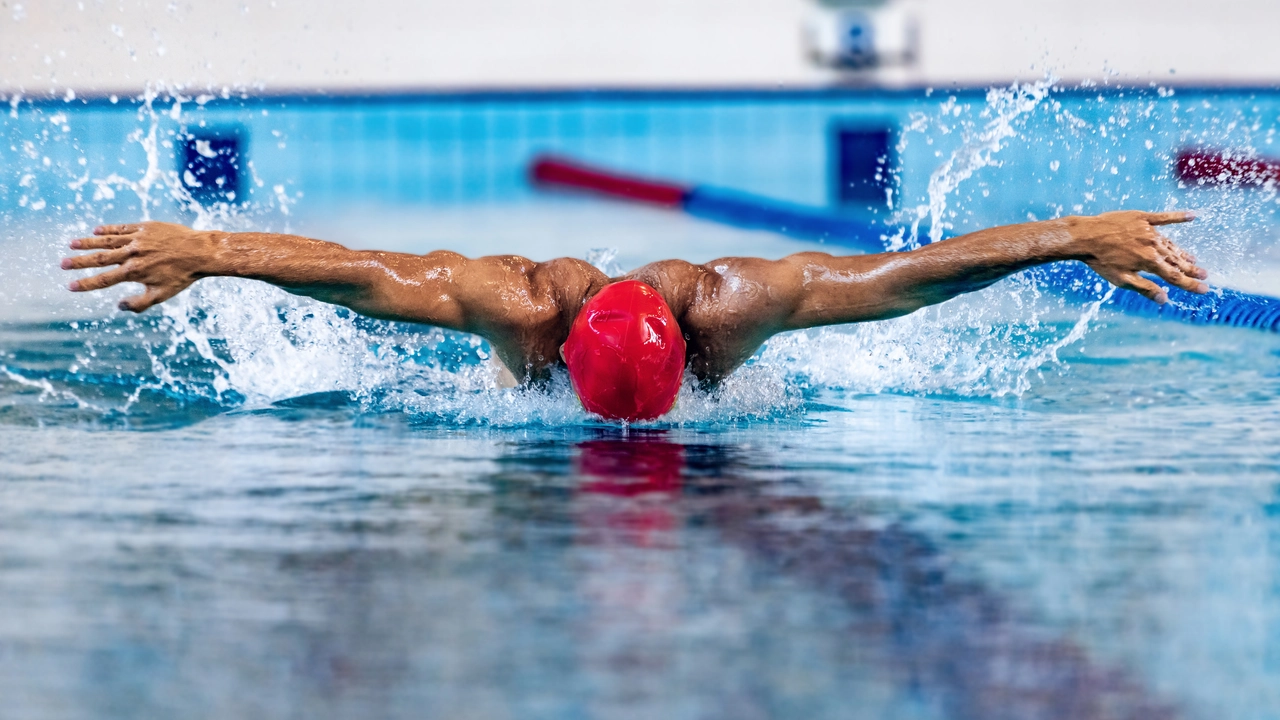Swimming Rules: Essential Tips for Safe and Fun Paddling
Whether you’re splashing in a local pool or paddling on a river, knowing the basic rules makes the experience better for everyone. These simple guidelines keep you safe, protect others, and help you enjoy the water without worry. Ready to get straight to the good stuff? Let’s go.
Pool Etiquette and Safety
First up: the pool. A clean, orderly pool is a happy pool. Always shower before you jump in – it washes off sweat, sunscreen, and anything that could cloud the water. If you’re new to a lane, check the lane markers and swim with the flow. Cutting across lanes not only slows others down, it can cause collisions.
Know the depth signs. Shallow ends are for beginners, kids, and water‑play. Deep ends are for laps and dives. If you’re not comfortable with a dive, stick to the shallow side. And never dive into water you can’t see clearly – you don’t want to hit the bottom.
Respect the lifeguard’s instructions. They are there to prevent accidents, and ignoring them can get you kicked out. If you see someone struggling, alert the lifeguard immediately; don’t try a rescue unless you’re trained.
Keep personal items in designated racks, not on the deck. Loose bags can become tripping hazards. Also, use a waterproof watch or timer if you need to track lap times – wrist‑worn gadgets stay out of the way.
Open‑Water and River Rules
Open water adds excitement, but it also brings extra risks. Before you head out, check the weather, tide, and current forecasts. A sudden change can turn a calm day into a dangerous one fast.
Always swim with a buddy or let someone know where you’ll be. If you’re alone, wear a bright buoyancy aid that makes you visible to boats and other paddlers. In busy waterways, stay clear of motorboats and keep an eye on propellers.Follow the right‑of‑way rules: swimmers have priority over kayaks and paddleboards when you’re in a designated swim zone. If you’re in a mixed‑use area, stick to the left side of the channel and signal your direction with a simple hand wave.
Never swim under the influence of alcohol or drugs. Even a small amount can slow your reaction time and impair judgment. If you feel cold, get out quickly – hypothermia can set in before you realize it.
Finally, respect wildlife. Avoid touching or chasing fish, turtles, or birds. Keeping distance helps the ecosystem stay healthy and reduces the chance you’ll get bitten or stung.
These rules are easy to remember, and they make a big difference. Stick to them on every swim, and you’ll stay safe while having a blast in the water. Got a question about a specific rule? The Wyre Forest Paddlers community is always ready to help.
